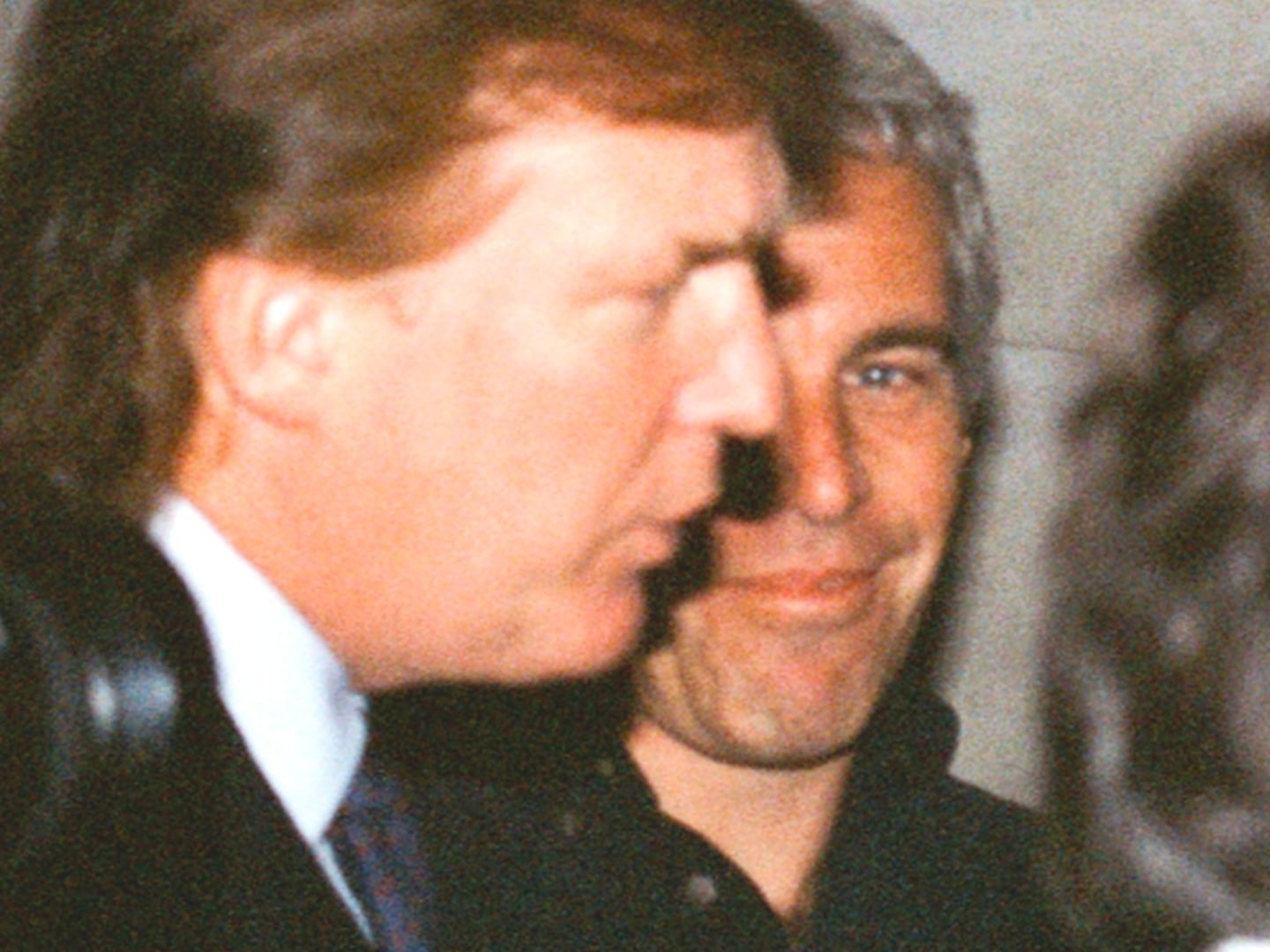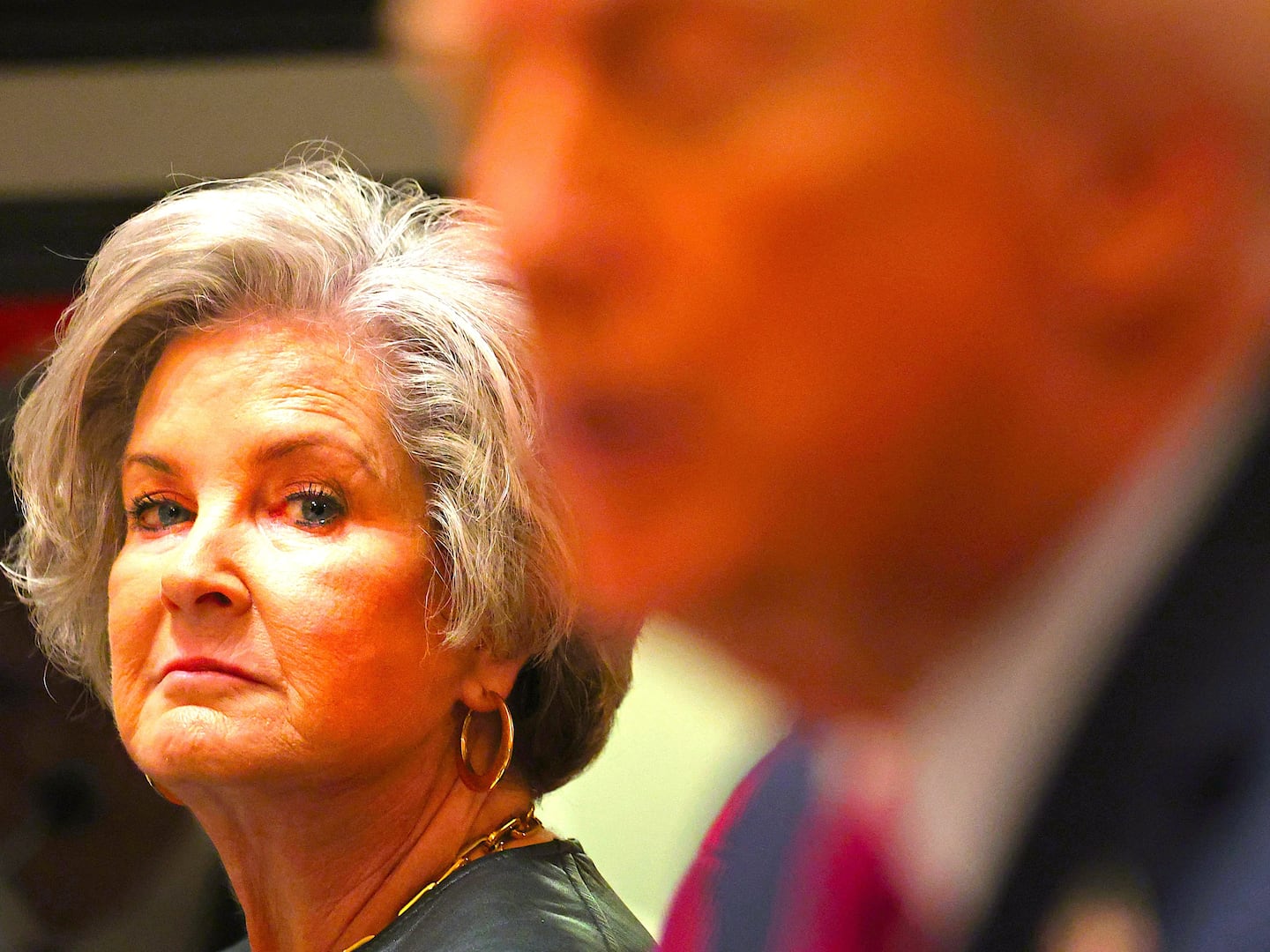The show must go on, but at what cost? That’s the question myself and thousands of others were asking as we made our way through the carpet-lined halls of the Las Vegas Convention Center, the newly renovated 2.9 million-square-foot monolith currently hosting several thousand tech-hungry visitors for this year’s Consumer Electronics Showcase. After going completely virtual in 2021, this year was set to be the glorious return of the conference’s in-person experience.
It wasn’t quite as glorious as hoped. In normal years, CES would have housed pavilions showcasing the latest and greatest from a bevy of industry giants. This year, however, the specter of Omicron loomed over the entire event. Several major players such as Microsoft, Amazon, and Intel decided to withdraw from an in-person presence at CES over safety concerns, shifting to a completely virtual participation. Even companies like LG, which normally uses CES as a marketing pièce de résistance, have unsurprisingly decided to scrap their usual hands-on ensemble of OLED and LCD displays for deserted kiosks and QR codes.
It’s not just major brands that decided to upend their Las Vegas vacation. Only about 2,200 exhibitors are earmarked to attend this year’s show, compared to the 4,400 that attended in January 2020. The pressure to end the event was so great that Gary Shapiro, CEO of the Consumer Technology Association, which runs CES, tried his best to address the exodus in his opening keynote address Wednesday morning: “With all the upheaval in the past several weeks, [this year’s CES] may be a bit messy.”

Gary Shapiro, president and CEO of the Consumer Technology Association, delivers a keynote address at CES 2022.
Ethan Miller / Getty Images“A bit messy” is putting it nicely. This year’s CES was an exercise in good ideas executed poorly. There was Canon’s TogetherNEXT press conference, which showcased its innovative (albeit extremely laggy) AMLOS motion gesture technology which promised to deliver seamless gesture controls for video conferencing. Or look at CES’s failed compromise at networking and social distancing: an à la carte sticker engagement system, which assigned colors to patrons depending on their interaction preferences. Attendees could choose between stickers that indicated preferences for handshakes, fist bumps, or waves—science be damned.
As I sat down in a half-empty ballroom and watched Shapiro awkwardly interact with a digital avatar of General Motors CEO Mary Barra, I couldn’t help but feel like the entire event was strung together at the last minute. Here I am at CES, an event that’s supposed to showcase the bleeding edge of consumer technology, and the host can’t even manage to get the WiFi connection to run smoothly. Even companies like Sony, which wowed the world in 2020 with their Vision S electric vehicle, limped into CES 2022 with a different version of the same products we saw two years ago.
Despite the overall lack of crowds, electricity, and marquee vendors that attendees come to see, reviews on the ground were surprisingly positive. It was as if the pandemic had self-selected a crop of fearless (if naively optimistic) attendees. When I asked about his experience at the event, Julian Sanchez, director of emerging technologies at John Deere, told me: “Last year what I missed out on was seeing what other people were doing. The digital medium is really nice but it provides a very linear pipeline of information. You see when I’m here, not only am I going to be here all week at the booth, but I’m going to sneak away and check stuff out. And I hate to say it, but when it was virtual I didn’t sneak away and go check out another website. I just didn’t.”
Sanchez’s comments make sense. At the end of the day, CES is a trade show where the top brass of the tech world congregate in the hopes of networking and making meaningful connections. With that being said, it might come as a surprise that the company that showed up in the most numbers was Samsung, the brand that hangs its hat on VR Headsets and augmented reality. Despite lauding the merits of remote connective technologies, even companies like Samsung understand that no screen can replace the bonds made through human interaction.

The LG company booth at CES 2022.
Patrick T. Fallon/AFP via Getty ImagesThis social interaction was what patrons like Jeremiah Winfrey, co-founder of NXT Level Smart Home, had waited nearly two years for.
“As humans, we like to congregate and I think that it’s much easier to do that in person. The energy is definitely different. Obviously, in these past two years, there was a necessity for virtual meetings in corporate America. But I think that having this event go on in-person will bring back some of that interaction that we lost over that pandemic. I think after this event we’re going to see companies come back bigger and better.”
Looking back at CES it’s tough to decide whether or not the event was actually a success. In some ways it was—the bowing-out of the large companies gave room for the little guys to shine. This year’s event brought with it record-setting delegations from countries such as the Netherlands, Italy, and South Korea. Unlike their more established counterparts, these startups brought forth innovations in transportation, health, and display technologies. If the pandemic never happened, I’m willing to bet that the spotlight would have missed these small companies.
Although I can attest that this year’s CES left much to be desired, I would be remiss to leave out that this event almost never happened. Sure, the stands were empty and the halls were thinner than usual, but those who did come on came on blind faith, not knowing whether the event would be canceled the next day. If there is anything to take away from CES 2022 it’s the fact that despite all the obstacles thrown its way, CES survived—or at the very least, proved it wasn’t dead. Although it may not have been a success on paper, the show still went on.





